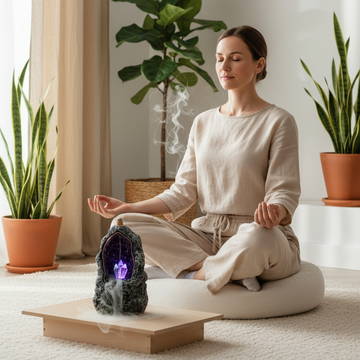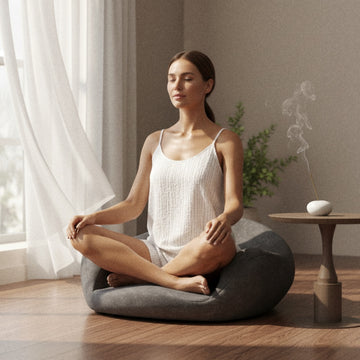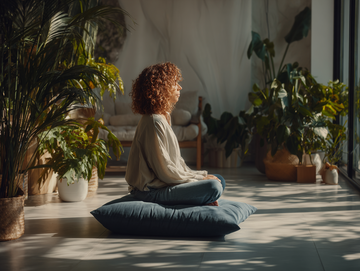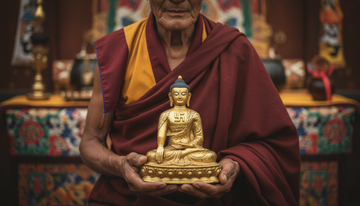Opening: My small lamp
I sat for a three-minute meditation, got distracted a dozen times, and around breath thirty realized: I can watch thoughts instead of being dragged by them. The world didn’t change; my seeing did.
1) What is meditation (in simple terms)
Place attention on an anchor—breath, body sensations, sound, or the whole present moment. Each time you drift, return without judgment. It’s not mind-blanking or a religious privilege; it’s awareness before reaction—seeing and choosing.
2) Why it works
Focus training (notice & return), emotion regulation (see arise–stay–fade), body–mind coupling (softer breath/posture → repair & sleep), and cognitive flexibility (from “I am this thought” to “I see a thought”).
3) Common types (pick one)
Breath awareness, body scan, walking meditation, loving-kindness, and later open monitoring.
4) Meditation for beginners — step by step
5–10 minutes daily: set a timer → choose breath at the nostrils/upper lip/belly → drift, notice, return to the next inhale → close with a 30-second body sweep.
Included long-tails: beginner meditation steps, three-minute meditation.
5) Proper posture & setting (how do you meditate properly on a chair)
Chair: feet flat, pelvis stable, spine lightly lengthened, jaw/shoulders soft, hands on thighs/belly. Cushion: elevate hips if needed. Soft light; phone muted. Treat sounds as background; end with a brief scan.
6) Correct walking meditation posture & steps
Stand for three breaths → feel the feet → sync steps and breath (inhale 3, exhale 3) → walk slow enough to feel textures → soft 2–3 m gaze → hands relaxed at belly or sides.
7) Meditation for sleep and insomnia
In bed, body scan from toes to crown—cool/warm, tight/soft, contact/pulse—2–3 breaths per area. If you drift, restart at the feet. You’re not forcing sleep; you’re making room for it.
8) When emotions surge (how to meditate properly)
Feet—Exhale—Name—Return: ground the feet → three longer exhales → name it (“anxiety/anger/sadness”) without story → return to anchor for 3–5 cycles.
9) Quick stress-relief for office workers
Ten even breaths before meetings; one long exhale + three-second pause before replies; a 60-second body scan mid-afternoon; micro-walking on the platform.
10) My reflections
Insomnia softened when body scan replaced chasing sleep.
Pre-meeting nerves shrank after a ten-breath gateway—fear stayed, panic didn’t.
Anger eased when I noticed chest heat and throat tightness; I paused ten seconds, then voiced my need. I didn’t become emotionless; I saw first, then responded.
11) Mistakes & fixes
Chasing no-thought → label + return.
Over-efforting → soften the face; look at the breath.
Posture pain → elevate hips or switch to chair.
Comparing days → attendance > performance—treat it like brushing teeth.
Morning vs night? Pick what you’ll keep; both if possible. Music? Prefer natural ambience at first.
Closing
Meditation won’t erase weather from life; it teaches where to place your heart when winds rise. Start with 3–5 minutes today.













